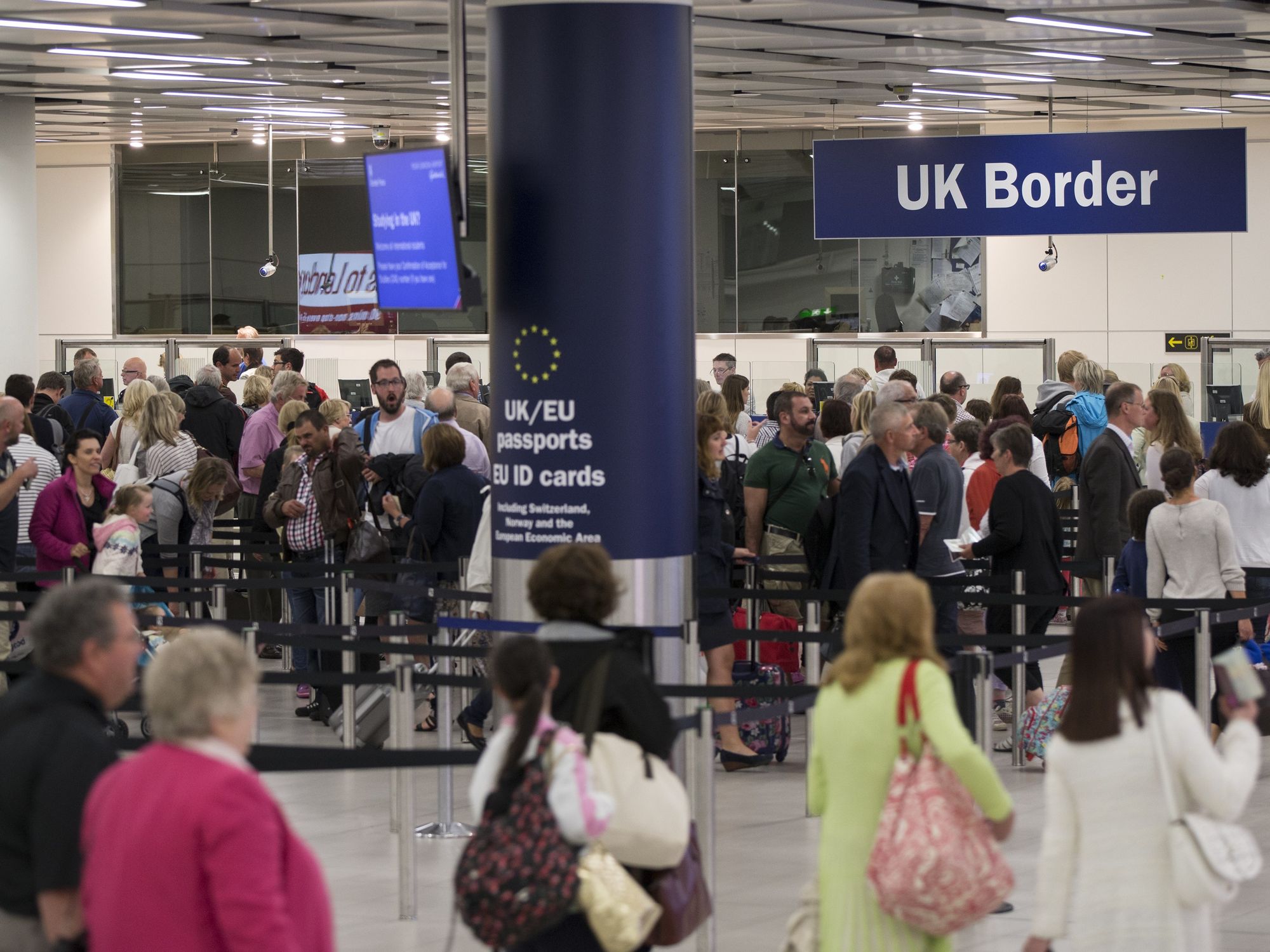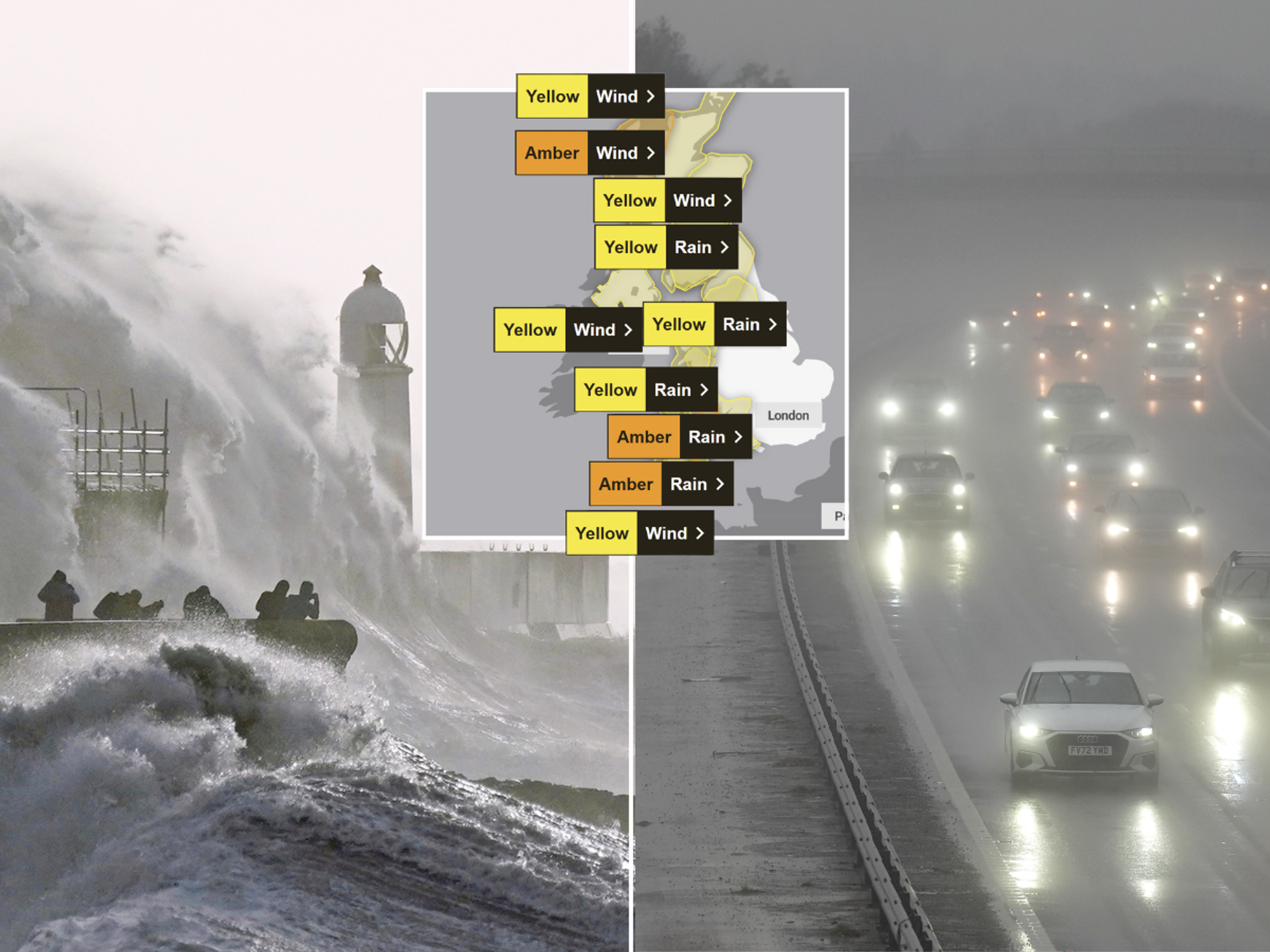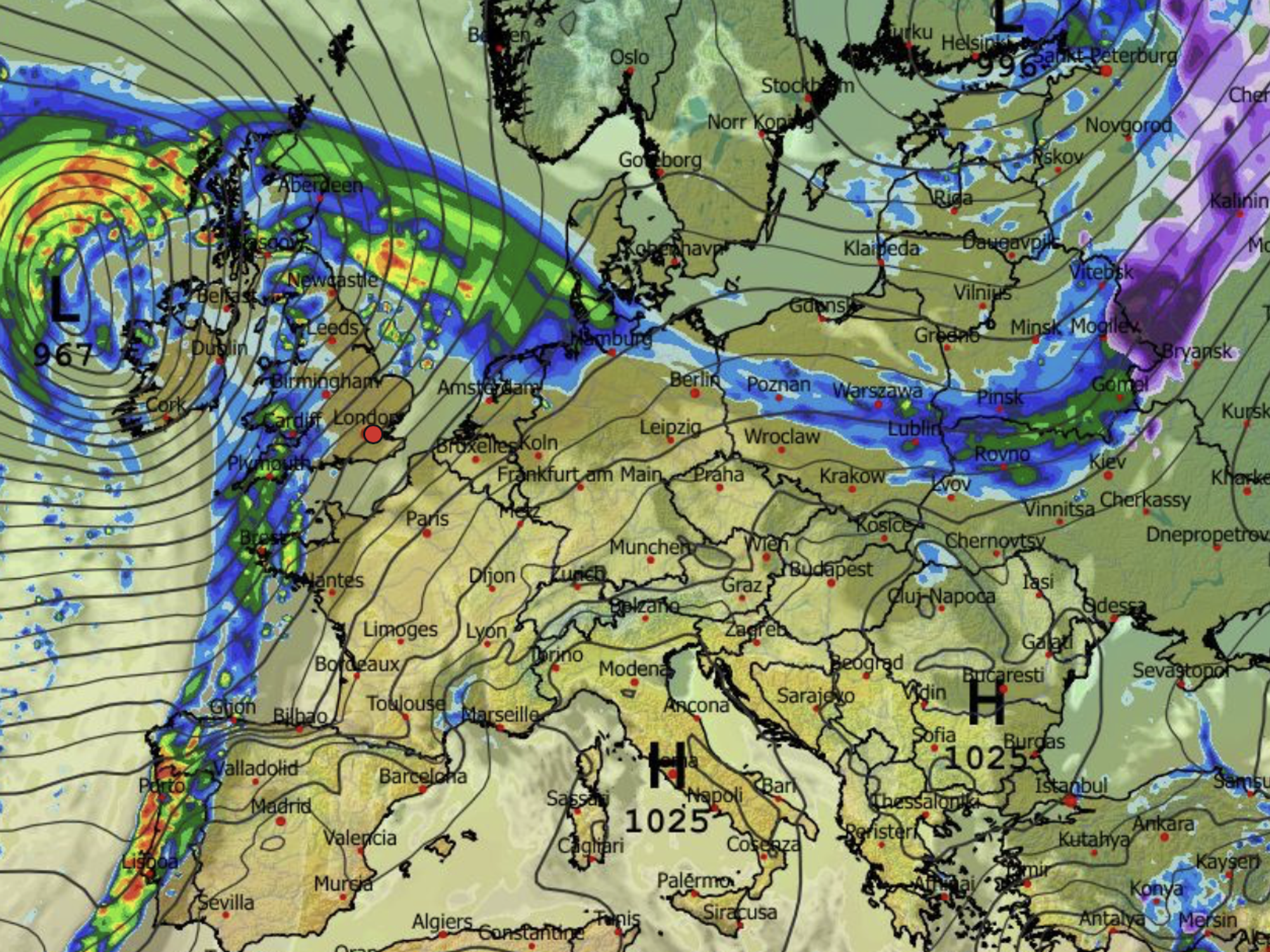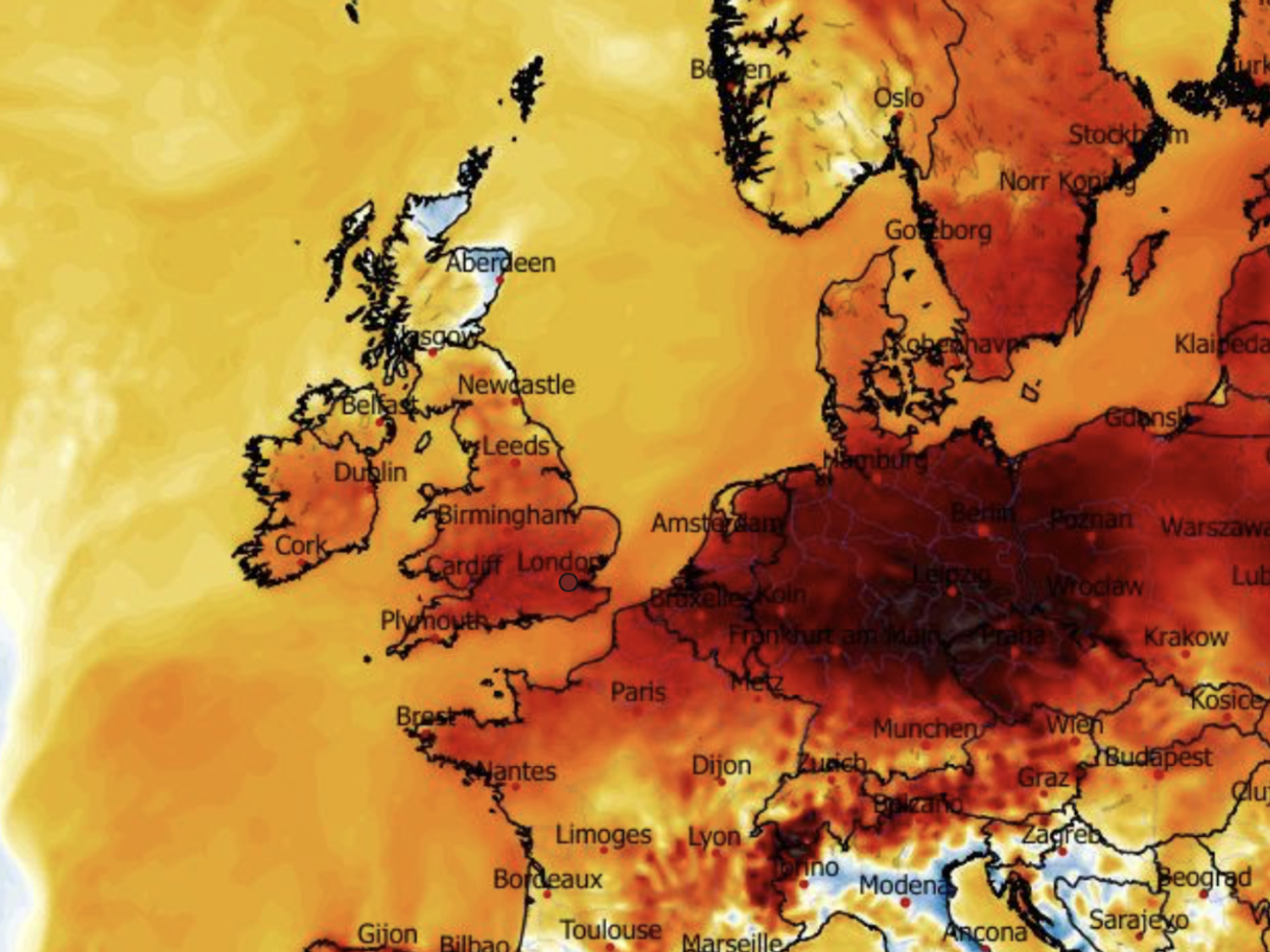What Queen Elizabeth II told Liz Truss in her final meeting at Balmoral
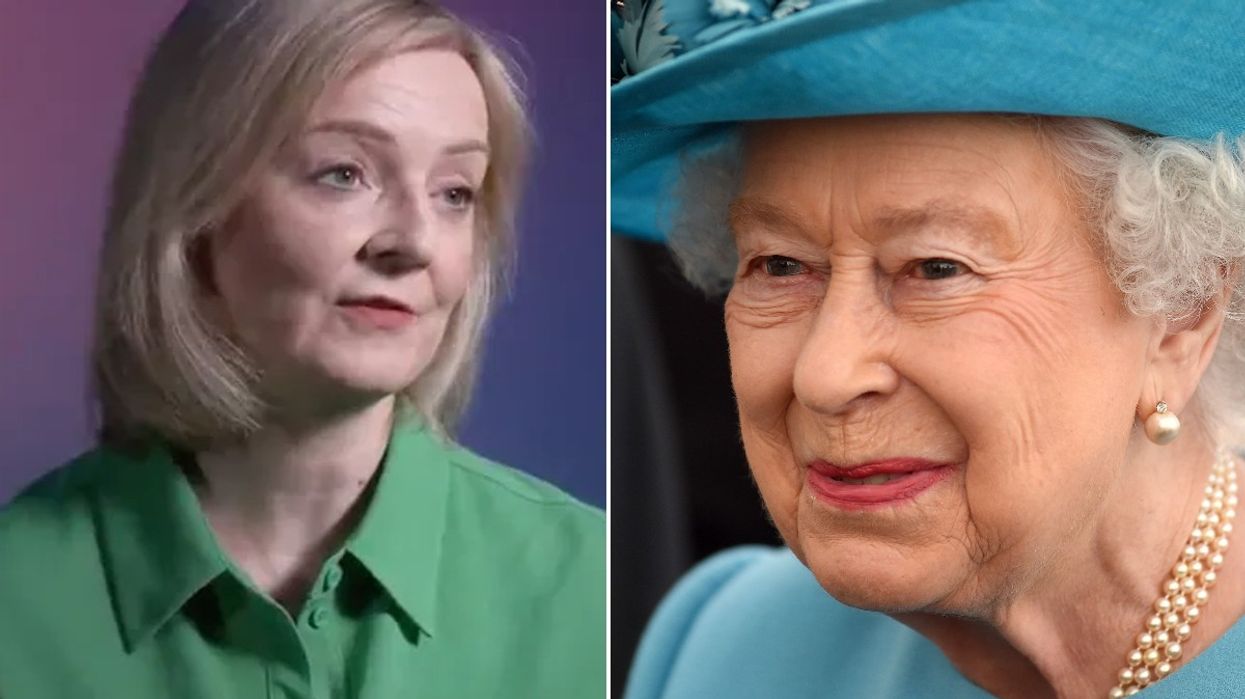
Liz Truss has spoken exclusively to GB News to mark the first anniversary of Queen Elizabeth II's death
|GB News/PA

The former Prime Minister has revealed what the late Queen said to her during their final historic meeting at Balmoral Castle, two days before she died
Don't Miss
Most Read
Latest
Liz Truss has spoken exclusively to GB News to mark the first anniversary of Queen Elizabeth II's death on September 8.
Queen Elizabeth II appointed Truss as her fifteenth and final Prime Minister on September 6 2022 at Balmoral Castle.
The decision was taken not to require the ailing monarch to interrupt her summer break in Scotland and travel more than 500 miles to London for the traditional audience at Buckingham Palace.
Giving exclusive insight in an interview with GB News, Truss said: “In the meeting at Balmoral, she was absolutely on top of what was happening. She was very, very keen to reassure me that we'd be meeting again soon. It was very important to her.
“I’d met the Queen before when I was Justice Secretary. I've met her on several occasions. And although she was physically quite frail, she was always absolutely mentally alert and determined to do her duty.
“I was obviously only in the first few days of the job of being Prime Minister. I was thinking about many, many different things. But the assumption absolutely was that this would be the first of many meetings.”
Photographs released shortly after the meeting showed the beaming Queen leaning on a walking stick in the drawing room of Balmoral Castle.
Reacting to the images, the former Prime Minister told GB News: “[The late Queen] was very determined to do her duty, right to the end. We had a very, very good meeting. She was upbeat.”
The first sign the Queen’s health had taken a turn for the worse came at the Privy Council meeting the following day, where the late Queen was scheduled to swear in her new ministers via video link.
Nadhim Zahawi MP, due to be sworn in as Chancellor of the Duchy of Lancaster, told GB News: “As a new cabinet, we were instructed that we would all be sworn in via video link at 5pm in the COBRA room.
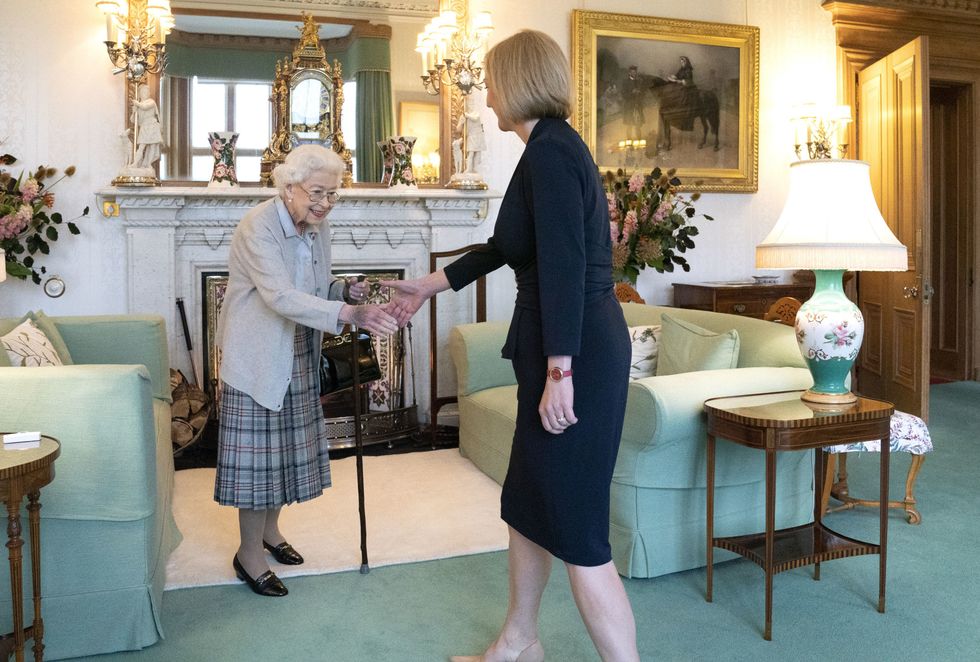
Photographs released shortly after the meeting showed the beaming Queen leaning on a walking stick in the drawing room of Balmoral Castle.
|PA
“Then we were told she won't be on video, it'll be on the 'spider phone' [speaker phone].”
“Then literally a few minutes later we were told that the swearing-in was cancelled and was to be postponed until the next day.”
Buckingham Palace delayed releasing a statement confirming doctors were concerned for Her Majesty’s health until after Liz Truss was back in Downing Street.
Back in No10, Liz Truss, who had only been Prime Minister for 48 hours, confirmed a staffer had been sent to her house to bring back a black dress. She hadn’t fully moved into the flat above her new office.
The former Prime Minister and her aides were busy preparing for the worst possible news.
She recalled: “I knew I would have to address the nation. I knew the situation was very, very serious, and it was really just getting through those crucial moments and making sure that we did all we could to pay tribute to the Queen, but also to make sure there was a smooth transition to support the new King.”
Queen Elizabeth II died at 15:10 at Balmoral Castle, aged 96, bringing an end to her 70-year reign.
The official cause of death would later be recorded as “old age”.
Responding to reports that a civil service draft of her address was too outdated, the former Prime Minister said: “I wanted to say it in my own words. So I drafted it with a speech writer to say what I felt in my own words.
Truss recalled the emotive scenes across the country as the nation united in grief: “The crowds were lined up everywhere we went, whether it was Edinburgh, Belfast, Cardiff, there were huge crowds of people on the street near the coffin arriving in London. I remember that that was very poignant. Just to think that this really was the end of such an important era.”
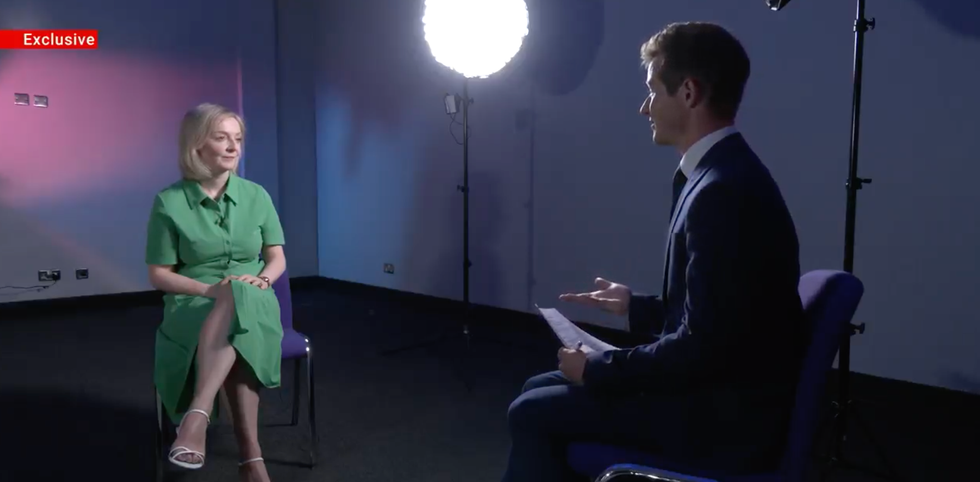
Truss recalled the emotive scenes across the country as the nation united in grief.
|GB News
Queen Elizabeth II was Britain’s longest reigning monarch, and her final Prime Minister summed up her legacy: “Well, I think she was such a major figure, not just for Britain but for the whole post-war era and she represents that continuity and that huge hope people had for the future after what was a terrible war and an era of peace and prosperity, and I think she represented that.”
“One of the main things people ask me is, ‘how was she?’ She's still very, very, very loved and treasured. And she was still very much with us until the end.”
“And that's what just struck me about her is that right until that moment she wanted to be there doing her duty.”





